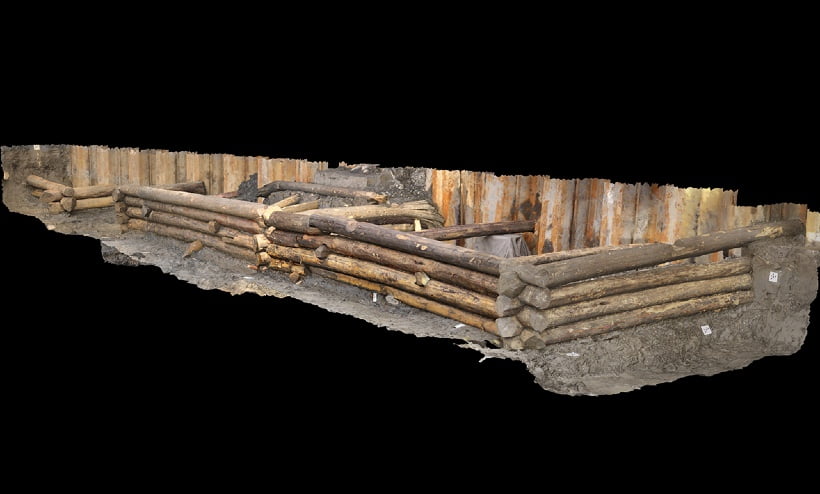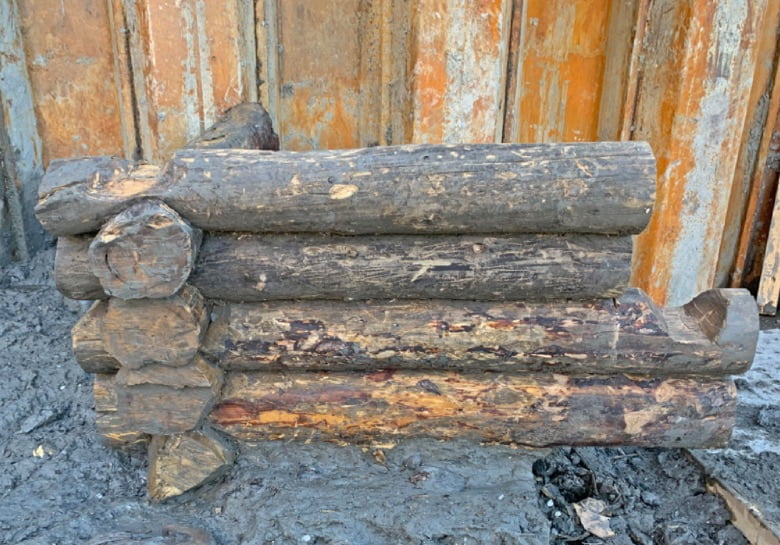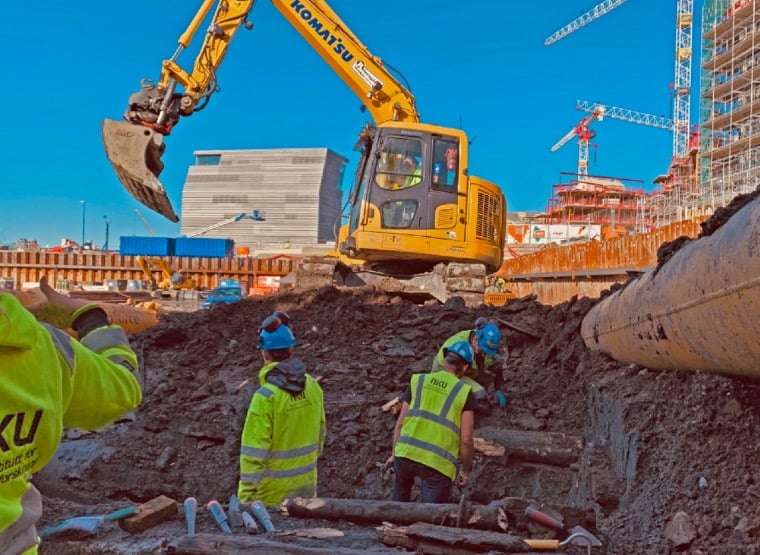
15th-Century Oslo may have looked much more like Bergen than we realise, recent archaeological finds suggest.
Archaeologists have been working for a while now in Bispevika, in particular the area behind Oslo Opera House. The goal? To find out more about the area known to be the port of Oslo's old town prior to the fire that saw the city centre relocated.
Recently, very well preserved timber has been discovered that form part of the foundations of a quay. The scale of the find shows that Oslo may have been a much more active trading city during the late Middle Ages than was previously thought.
The more that is revealed, the more similarities archaeologists are finding with Bergen's Bryggen.

The timber has been dated by experts at the Norwegian Institute for Cultural Heritage Research (NIKU). They say the timber was most likely laid in the early summer of 1420.
Read more: Hundreds Of Medieval Skeletons Found In Trondheim
The NIKU archaeologists see this discovery in the context of similar finds 100 metres farther north. They believe if you draw a line from this find to the site of the other surveys, there would have been a substantial quay here that served as the port of Oslo.
A new picture of Oslo in the Middle Ages
The stonework and timber previously found is not as vast as these massive foundations. But archaeologists see them as one. “It is possible to imagine that this was an area of much higher status. Further north, there are older buildings, more shallow and muddier. Maybe worse conditions,” said Håvard Hegdal from NIKU.

The stonework would have likely been the foundation for buildings but could also have been paving. That ties up with what few historical sources exist from the Middle Ages. One source says the watchmen walked their nightly rounds from Hallvard Cathedral via Bispeallmenningen and out along the jetties.
Read more: Viking Burial House Uncovered In Norway
“We suddenly see a whole new picture, which we had no idea of before. Oslo begins to looks reminiscent of Bergen, where a long quay front is the city's face to the outside world. What we see in the digs indicates that people maintained the same quay front and built on the same sites for at least 100 years, said Hegdal.
Larger than Bryggen in Bergen?
The archaeologists working in Bispevika have already begun to discuss the size of the quay front. The team said that at present it's too much to say that this will be bigger than Bergen's Bryggen, but they are excited nevertheless. “However, we have not yet found any end to the timber, so every day shows us more and more of the Oslo quay,” said Hegdal.
“We are extra keen to put together the measurements and information we have from this and a patchwork of previous excavations,” he added.
The actual excavation in Bispevika is technically demanding. Archaeologists must dig small sections at a time using advanced engineering techniques, because of the pressure from the clay.
“This means that the excavation area must be divided into narrow slices. Timber from ships and piers must then be removed piecemeal,” says Hegdal.
But despite the fact that archaeologists never see these structures in full, they can recreate them as 3D models as they dig them away. Eventually, the models will be available to anyone who wants to take a closer look at the findings from the excavation.

